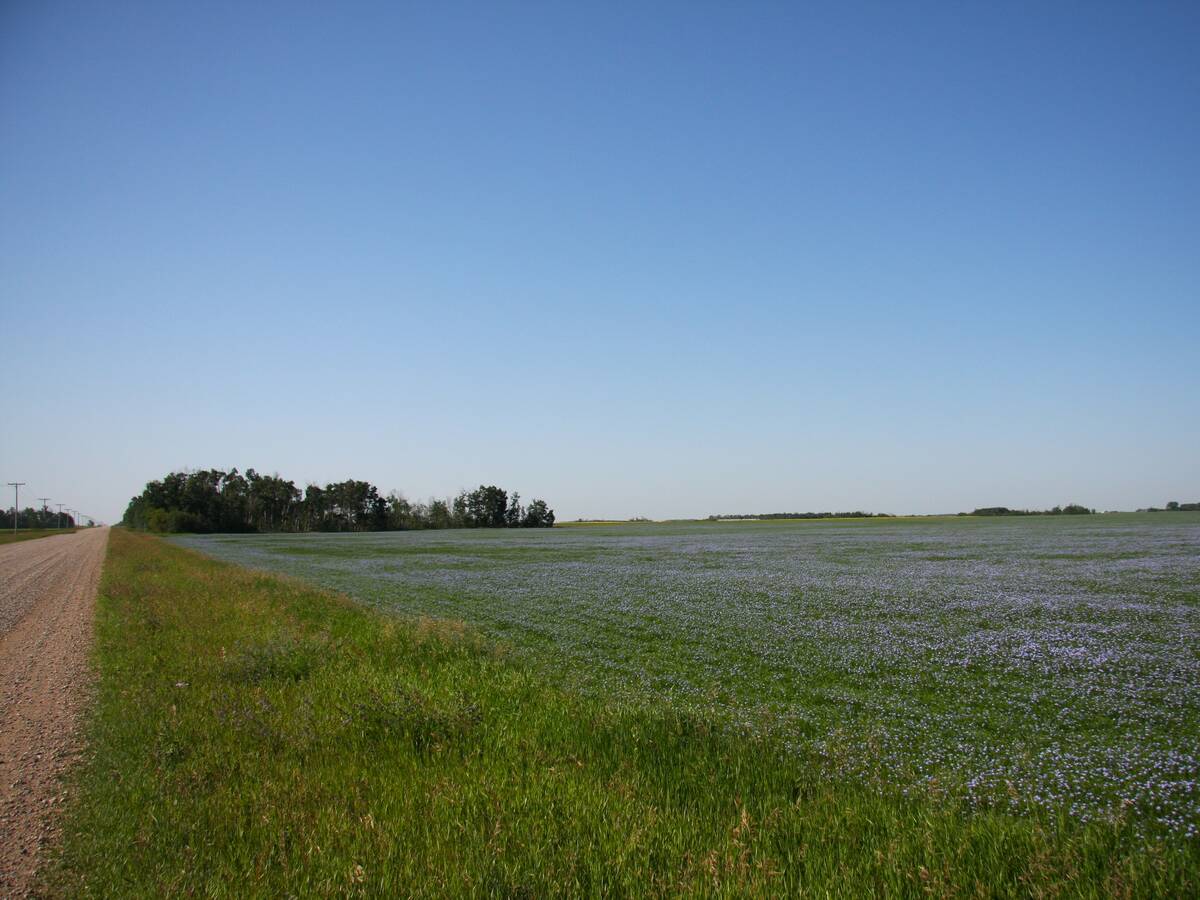Hidden dangers and unexpected costs can lurk beneath that nice looking quarter section of land that has finally gone up for sale.
Old underground fuel storage tanks, an abandoned oil or chemical pit, a pesticide disposal site or even a pile of old railway ties can all spell trouble.
Finding such buried treasures can be expensive for the buyer, whether he’s trying to recover clean-up costs from the seller or paying the bill himself.
Removing a leaky underground tank and contaminated earth can easily cost up to $100,000.
Read Also

Farmland advisory committee created in Saskatchewan
The Saskatchewan government has created the Farm Land Ownership Advisory Committee to address farmer concerns and gain feedback about the issues.
In the worst cases, the new owner may be stuck with a badly contaminated piece of land that can’t be used and can’t be sold.
The way to avoid such nasty surprises, say agrologists, lawyers and farmers who have been through the wringer, is to carry out an environmental audit on any piece of land that is changing hands.
Saskatoon lawyer Julian Bodnar said it’s in the interests of the buyer and the seller to have an audit done.
“It used to be buyer beware,” he said. “Now it’s buyer and seller beware.”
The buyer should have an audit done so he knows what he’s buying.
The seller should do it because he is financially responsible for cleaning up any problem discovered later. If there is something a seller doesn’t disclose or tries to hide, it can come back to haunt him.
“The theme is that everybody is responsible, the polluter pays,” said Bodnar.
But there are no guarantees for the buyer, because sometimes the source of the pollution can’t be tracked down, whether because it’s a business that no longer exists or an individual who is dead.
“If the original source isn’t around, the farmer ends up holding the bag,” said Bodnar.
Jay Dynes, an agrologist who does environmental audits for the consulting firm Nelson Dynes and Associates of Saskatoon, said he has noticed more interest among farmers in environmental audits in the last year or two.
Audits are carried out in the three phases: an initial examination of the history of the land to determine the probability of contamination, gathering and analyzing soil and water samples, and finally cleaning up any hazard.
Dynes said there may be cases in which a risk analysis shows it’s better not to bother to do a clean-up, if digging around a pollutant may make things worse.
“It may be stable and exposing it may make it active again,” he said.














